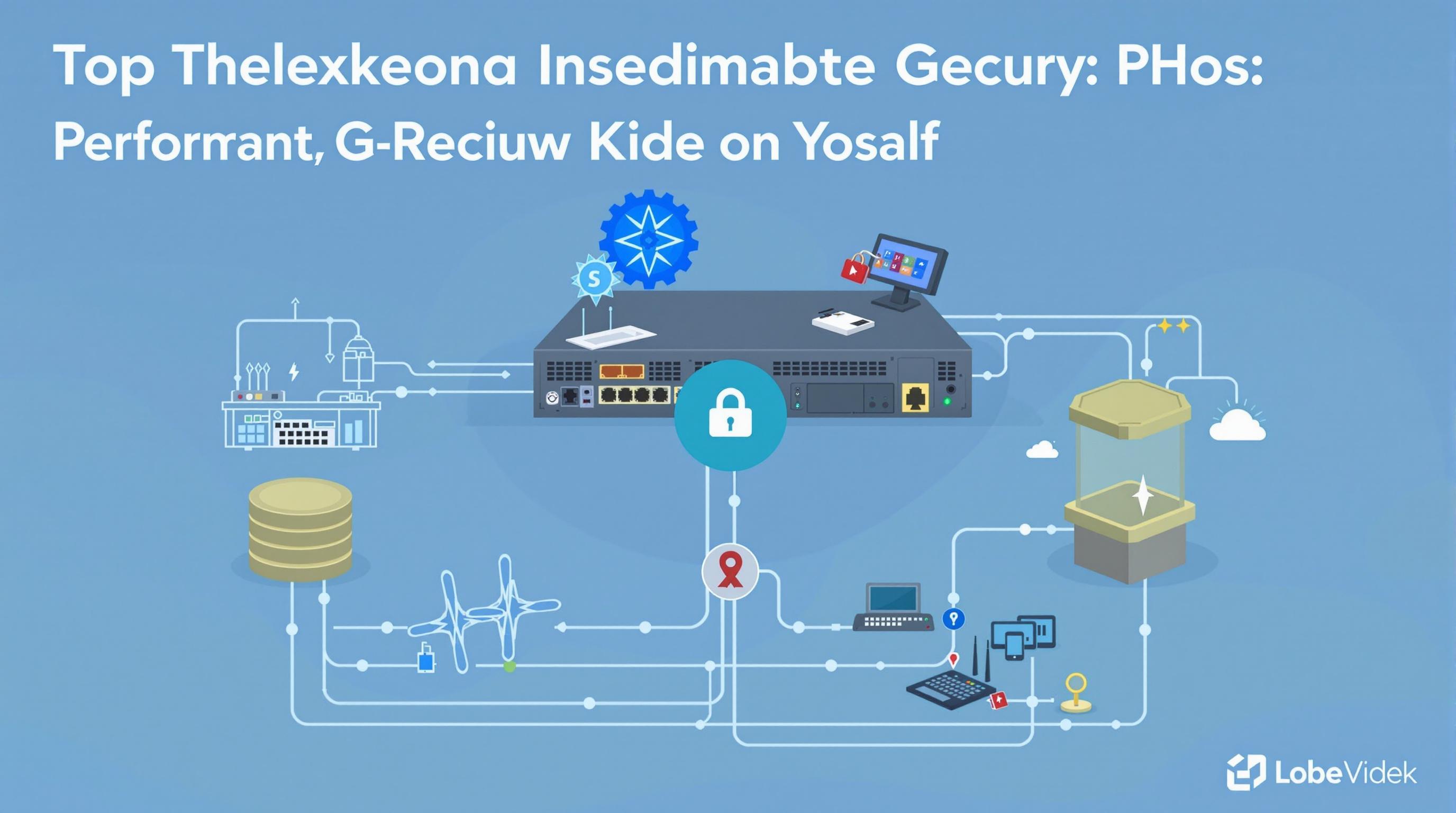Related Articles
- The Silent Guardians: How Offline Digital Vaults Are Redefining Personal Security in a Hyperconnected World
- Unseen Footprints: How Browser Extensions Quietly Shape Your Digital Identity Without Consent
- The Unexpected Role of Quantum Computing in Revolutionizing Confidential Digital Correspondence
- Unveiling the Silent Guardians: How Antivirus Software Shapes Digital Mental Wellness in Unexpected Ways
- Uncharted Pathways: How Cognitive Biases Secretly Influence Network Security Decisions
- Unveiling the Role of VPNs in Protecting Smart Home Devices from Emerging Cyber Threats
Uncharted Pathways: How Cognitive Biases Secretly Influence Network Security Decisions
Uncharted Pathways: How Cognitive Biases Secretly Influence Network Security Decisions
Network security decisions are often swayed by hidden cognitive biases that steer professionals off-course without their awareness. Understanding and countering these mental traps is crucial to building resilient defenses in an increasingly complex cyber landscape.
A Veteran’s Lens on Mind Traps in Network Security
At 62, after three decades in cybersecurity, I’ve seen good tech undone by flawed judgment. Imagine rushing to patch a perceived threat because of a single alert, only to overlook a subtler, larger risk lurking undetected—that’s confirmation bias in action.
Confirmation Bias: The Silent Saboteur
People naturally seek info that confirms existing beliefs. In network security, this means flagging alerts that fit preconceptions while dismissing anomalies. For example, a widely publicized ransomware strain may draw disproportionate resources, ignoring emerging zero-day exploits. Gartner reported that 70% of security breaches involve human error, much rooted in biased decision-making.
The Cost of Ignoring Blind Spots
The infamous 2017 Equifax data breach could have been mitigated if decision-makers challenged their assumptions about vulnerability prioritization. The focus was too narrow, missing critical flaws despite clear warning signs. Bias limits the ability to see the full threat panorama.
Overconfidence Bias: When Skill Breeds Peril
Experienced professionals sometimes trust their intuition excessively. This overconfidence leads to inadequate testing and fewer checks. Take the 2013 Target breach; overreliance on security protocols without questioning their sufficiency contributed to compromised credit card data of 40 million customers.
Falling for Familiar Faces: The Role of Anchoring
Anchoring biases tie judgments heavily to initial information. Security teams may fixate on outdated threat models or first impressions about attacker motives. This mental shortcut can delay adaptive responses in dynamic attack environments, sometimes with devastating outcomes.
Risk Aversion: Playing It Safe Can Backfire
A natural tendency to avoid risk can stifle bold security moves like adopting innovative technologies. When companies cling to legacy systems for comfort’s sake, they potentially open backdoors to sophisticated intrusions. CISCO’s 2021 report highlighted that 60% of breaches exploited unpatched legacy systems.
Storytime: The Cost of Habitual Thinking
Back in 2010, a mid-sized bank refused to update firewall policies, citing past success as proof enough. One crafty attacker tunneled through, causing millions in damage. This anecdote underscores how sticking to “what worked before” blinds decision-makers to evolving threats.
Groupthink: The Hidden Threat in Boardrooms
Decisions made in echo chambers can obscure dissenting voices and critical scrutiny. Security teams under pressure may prioritize consensus over accuracy, escalating vulnerabilities instead of mitigating them. Encouraging open debate is vital to disrupting these cognitive traps.
The Halo Effect and Vendor Trust
Network managers often extend unwarranted trust to products from familiar brands due to a positive reputation. This bias can hinder objective assessment and overlook flaws. For instance, dependence on a single vendor delayed detection of software vulnerabilities, exacerbating breach impacts.
Combatting Bias: Strategies for Clearer Decisions
Awareness is the first step; training teams to recognize and question biases helps. Introducing red-teaming exercises and structured analytic techniques encourages diverse perspectives and challenges assumptions. Using data-driven metrics over gut feeling also curtails subjectivity.
Statistics Speak: Bias’s Tangible Impact
According to a 2020 IBM Security study, organizations with bias-aware protocols reduced breach costs by an average of 27%. This quantifiable benefit reinforces that tackling cognitive pitfalls is not mere theory but a practical necessity.
Humor Break: Bias as the Clumsy Intern
Imagine cognitive biases as that cheeky intern who “accidentally” spills coffee on important files. You don’t want to blame the intern, but ignoring their mishaps is asking for a messy disaster. In security, biases play the same mischievous role—always lurking, often unnoticed.
Final Thought: Navigating the Uncharted
Network security isn't just about tech; it's a mental battlefield. Recognizing cognitive biases equips us to navigate this maze more effectively, forging defenses that adapt and endure. The path is uncharted, but awareness lights the way forward.

